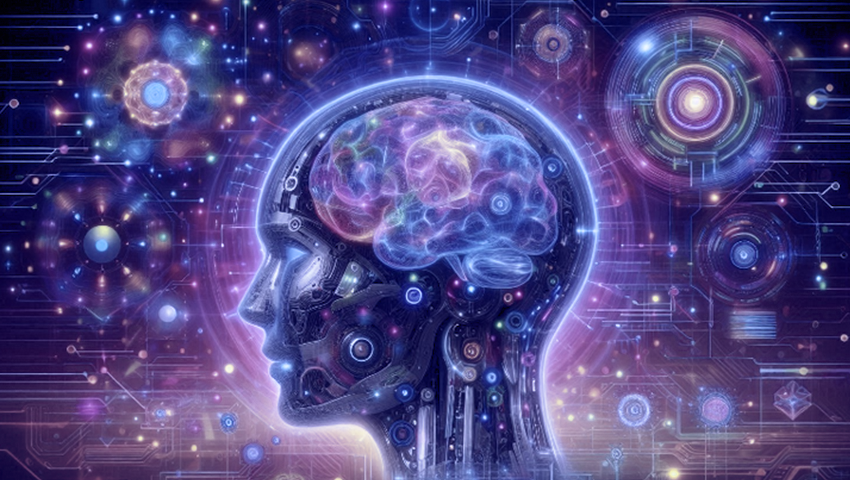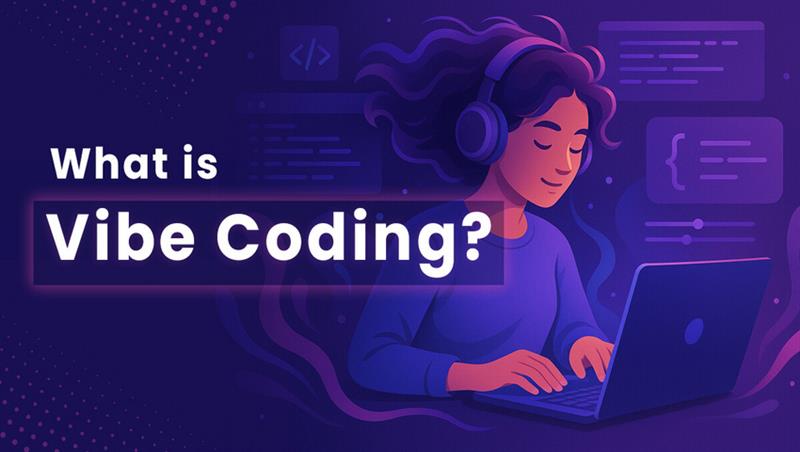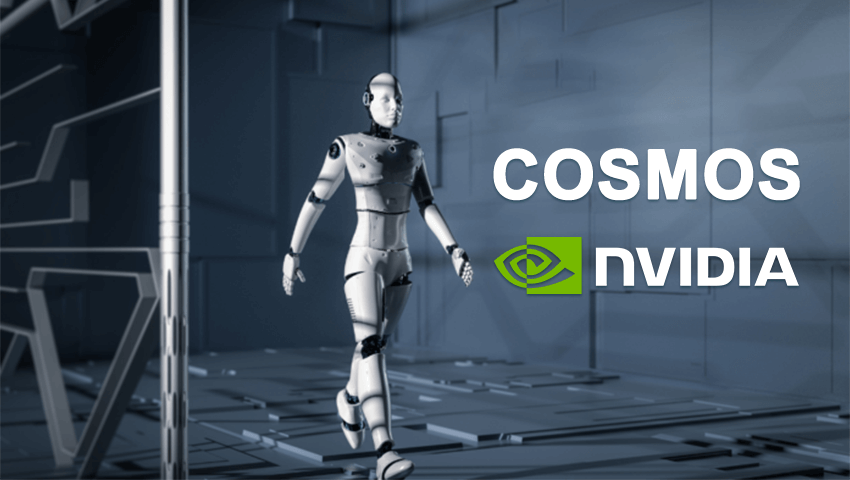MIT scientists explored a critical flaw in AI language models called position bias, where models favor information at the beginning and end of text while ignoring the middle. Their research reveals this bias is rooted not only in the training data, but also in the architecture of the models themselves.
A self-powered artificial synapse can mimic human color vision with 10-nanometer resolution using dye-sensitized solar cells. This technology enables energy-efficient AI systems capable of advanced color recognition and logic processing.
ATMO is a robot that transforms mid-air from a flying drone into a ground rover. By overcoming the long-standing challenge of hybrid robots getting stuck on rough terrain, this breakthrough unlocks new possibilities for autonomous delivery, disaster response, and planetary exploration.
MIT researchers have developed CAV-MAE Sync, an AI model that learns to precisely link sounds with matching visuals in video without any labels. This technology can bring us closer to smarter AI that can see, hear, and understand the world just like humans.
The most fascinating innovations presented at Google I/O 2025 reveal how AI is transforming Search, video creation, and communication. These advances are redefining everyday technology, making it smarter, more intuitive and personalized than ever before.
The most advanced AI models from tech giants like OpenAI and DeepSeek are generating false information at unprecedented rates – and no one knows exactly why. Due to this surge in AI “hallucinations”, the reliability of AI across critical fields is being called into question.
Microsoft’s Phi-4 family is a new generation of compact language models built for complex tasks like math, coding, and planning – often outperforming larger systems. Trained with advanced techniques and curated data, they offer strong reasoning while staying efficient for low-latency use.
Why stress over every line of code when AI can "vibe" its way through development for you? Vibe coding is a fast-growing trend where developers let AI take the lead in writing code, transforming programming into a more intuitive and spontaneous process.
NVIDIA has officially made its PhysX engine and Flow SDK fully open source, including the long-awaited GPU simulation kernel code, under the permissive BSD-3 license. Now developers can customize, port, and revive advanced physics simulations across platforms – even on non-NVIDIA GPUs.
Midjourney has launched V7, its most powerful AI image model yet, featuring smarter prompts and real-time personalization. With a redesigned architecture, V7 delivers improved object coherence, enhanced texture realism, and introduces Draft Mode for rapid, cost-efficient image iteration.
A new advanced neural system that mimics the brain’s learning processes promises to create faster, more efficient, and energy-saving AI. By leveraging Hebbian learning and spike-timing-dependent plasticity, this innovation could enhance AI performance while significantly reducing environmental and economic costs.
ItpCtrl-AI improves X-ray diagnostics by mimicking radiologists' gaze patterns, providing interpretable heatmaps that enhance transparency and trust in AI-driven medical imaging. By filtering out irrelevant data and focusing on key diagnostic areas, the system ensures more accurate and explainable results.
GPT-4.5, OpenAI's most advanced AI yet, features improved natural language understanding, enhanced emotional intelligence, and more intuitive conversations. It excels in writing, brainstorming, and problem-solving while minimizing AI hallucinations for more reliable results.
MIT researchers have developed MiFly, a low-power, RF-based system that enables drones to self-localize in complete darkness, indoors, and in low-visibility conditions. By using a single backscatter tag and dual-polarization radar, MiFly navigates without relying on visual cues or external infrastructure.
NVIDIA Cosmos enhances AI robotics by generating photorealistic 3D environments, allowing developers to train autonomous systems without relying on costly real-world data. With advanced world foundation models, Cosmos drives innovation in robotics, self-driving cars, and industrial automation.
HunyuanVideo is the largest open-source AI model for video generation, boasting 13 billion parameters to produce high-quality, cinematic videos with lifelike motion and perfectly synchronized audio. Setting a new benchmark for AI-driven content creation, it delivers unmatched realism, precision, and creative possibilities.
















